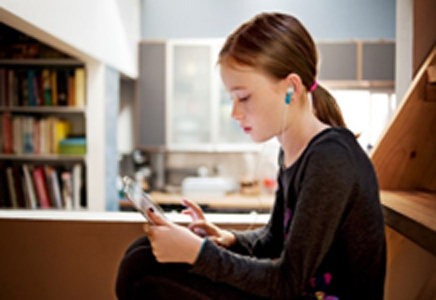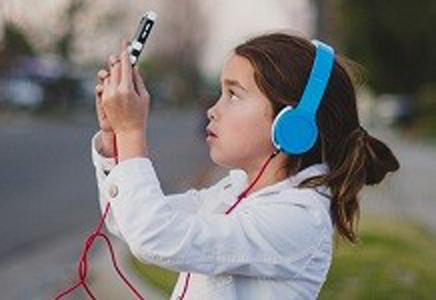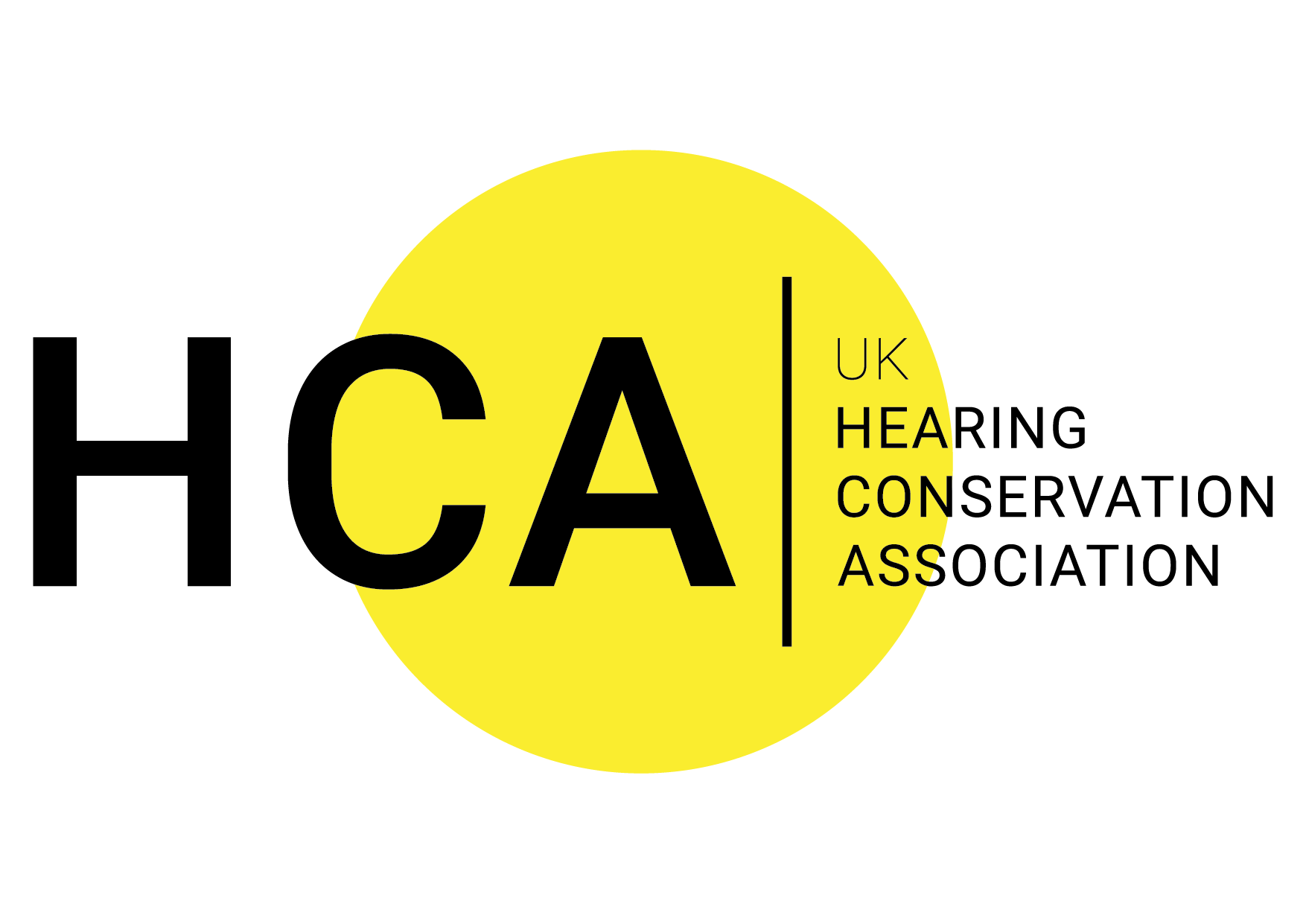COULD HEADPHONES BE DAMAGING YOUR CHILDREN’S HEARING?


It’s normal to see young children and even toddlers set up with their own entertainment system these days. A tablet or a phone with cartoons and headphones often saves parents from tantrums especially during travel and it is easy to understand why parents want to keep their children entertained.
But what parents may not know is that they could be starting their children on the road to permanent Noise Induced Hearing Loss (NIHL).
Let’s explain, when you are born you have around 15,000 auditory hair cells. The number you are born with are all you ever have, you won’t get any more and they don’t grow back. Once they are damaged, they don’t transmit sounds to the brain and you suffer hearing loss and the damage is permanent and lifelong.
So, what causes hearing loss? The answer is ongoing, loud sound exposure which damages the hair cells. Most of us know that the sound dose from a jet aircraft on take-off is loud, dangerous and uncomfortable to our ears for that short time it happens. But how many of us know we can get a similar ‘sound dose’ over a longer time period from a tablet or smartphone with headphones? If you were to use your smartphone at work with headphones at full volume the Noise at Work regulations would allow you to listen for only 15 minutes in any 24 hour period.
If you give your child a smartphone or tablet and they listen for two hours at full volume they could receive a sound dose only permitted over eight days if they were at work.
The problem with NIHL is that it starts to happen before you even realise it. It is not a sudden change from hearing to hearing loss, but is the slow build-up of small changes over time which results in a loss of an essential sense for life and communication.
When children are exposed to harmful sounds, it is not only their hearing at risk, but also their development. Unidentified damage to hearing can affect the child’s ability to understand speech and become a significant obstacle to learning. It can also cause psychological problems for the child, affecting their interaction with friends, their learning and attention in school, as well as in society at large.
All is not lost; you don’t need to stop your child from using modern technology which would be pretty much impossible anyway. But there are some sensible steps that you can take to ensure that your child’s hearing is not being damaged:
- Firstly, consider how much headphone time your child is getting both at home and increasingly at school. The guidelines recommend no more than 60 minutes per day at 60% of the maximum volume. It might be worth checking with your child’s school to establish how much headphone time they get and if they provide protection.
- If the device has a volume lock on it, then lock it at around 60% of the maximum volume so that your child can’t go above that level. This is an indicative level only as it will differ from device to device and device and headphone combination.
- Consider the environment you child is listening in, if it is quiet it should be fine for them to use earbuds, however if it is noisy they will be unsuitable as they will leak too much background noise into the ear and your child will automatically turn up the listening volume to compensate. In a noisy environment use close fitting, over ear headphones which will reduce the background noise and allow them to hear clearly at a lower volume.
- If your child is wearing headphones please make sure they remain safe as they will become less aware of what is going on around them.
- Consider buying children specific headphones which come with a maximum level limit. They will ensure that your child does not go over the level specified by the manufacturer.
- Consider downloading a hearing safeguarding app which allow you to control your child’s exposure and listening periods remotely.
However, ultimately it comes back to awareness. As a parent you need to know and manage your child’s exposure to loud sounds and make sure that you can do things to stop excessive levels of sound or long time periods of listening to avoid any permanent damage to your children’s hearing.
You can find information on the World Health Organisations campaign and standards for ‘Making Listening Safe’ here; https://www.who.int/deafness/make-listening-safe/en/
